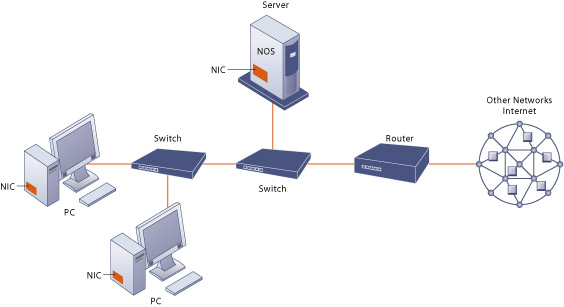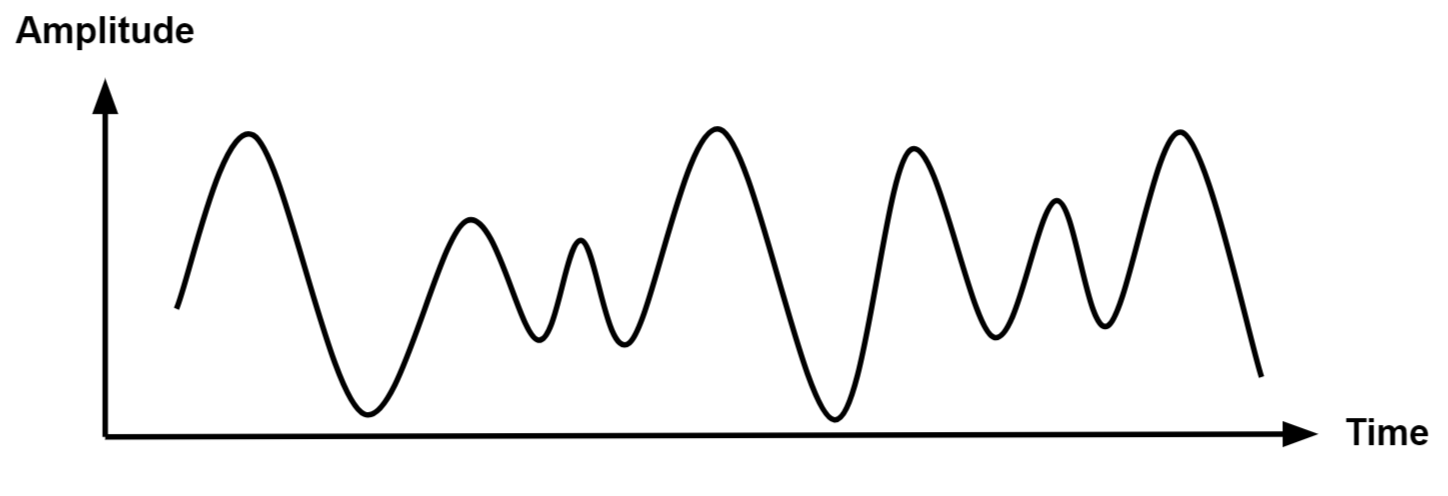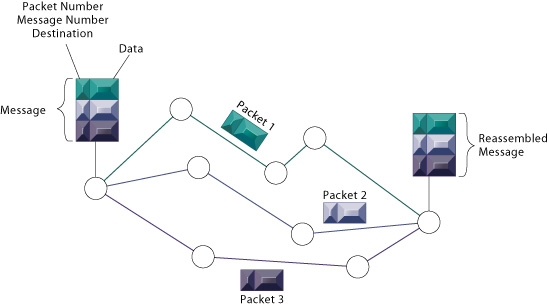Thus to be transmitted data must be turned into energy in the form of electro-magnetic signals. Analog signals are much higher density and can present more refined information.

Difference Between Analog And Digital Signal Difference And Comparison Computer Notes
Modulate the digital data to.

. This modulation is generally needed when a bandpass channel is required. Represent data with continuous waves. Analog-to-analog conversion or modulation is the representation of analog information by an analog signal.
The text first explains the four different combinations of data and signals. The most common technique to change an analog signal to digital data is called. Which data communication method is.
The RedStar system built into many GM cars uses GPS to locate vehicles when the occupant activates the service or when sensors indicate that the car was involved in an accident. In this conversion technique the amplitude of analog. Hello I am trying to send the analog data to the Android smartphone and use the mobile processor to convert the data into digital.
Analog voice in 0-4KHz and broadband internet data in a higher frequency say 100KHz up to a few MHz You could use the same technique. I am searching a lot but not able to find the exact keyword to start to learn something theoretical and start with practical so any good advice to run some test with this kind of solution will be very helpful. The most commons devices that perform this technique are radio tuners and TV tuners.
An analog signal is characterized by its amplitude frequency and phase. Analog signals best suited for audio and video transmission. Digital data have discrete states and take discrete values.
Answer 1 of 6. Indeed DSL broadband world exactly this way. Carrier Signals Baseband modulation.
Wireless networks generally use analog signals at 24 GHz. Advantages of digital signals include reliability and. Digital signals can have only a limited number of values.
Analog signals are denoted by the sine wave and vary in. Can be viewed as the product of the two signals 19 Amplitude Signal Carrier Frequency Amplitude Modulated Carrier. Frequency is the rate of change with.
Analog signals can have an infinite number of values in a range. Analog signals provide a more accurate representation of changes in physical phenomena such as sound light temperature position or pressure. Signal 3 Data information formatted in humanmachine readable form examples.
Signals can be analog or digital. 2 Digital data can be converted into digital signals. A signal is periodic if it consists of a continuously.
In the same way it converts digital data from a computer or other device into an analog signal that can be sent over standard telephone lines. Audiovoice videoimage continuous signal both in time and amplitude Both forms used in todays network environment. Frequency and period are the inverse of each other.
Signals can be analog or digital. In data communications we commonly use periodic analog signals and nonperiodic digital signals. Modulator-demodulator is also known as modem.
It is a process by virtue of which a characteristic of carrier wave is varied according to the instantaneous amplitude of the modulating signal. Burning CDs audiovideo playback In broadband networks. View Answer Report Discuss Too Difficult.
1Analog data can be converted into analog signal. Digital signals can have only a limited number of values. Analog signals use less bandwidth than digital signals.
In order to connect to the Internet a computer or another device such as a switch or router must have this component. Because voice data limited to frequencies below 4000 HZ a codec makes 8000 samplessec. Analog signals are modified to reflect digital data.
Data Communication Networking MCQs Set-7. This Portion of Data Communication and Networking contains more frequently asked MCQs Multiple Choice Questions and Answers Objective Type Questions and Answers in the various Competitive Examinations. Analog signals can have an infinite number of values in a range.
Between bit-serial and modulated carrier signals. An analog signal has amplitude in units of voltage or power and a frequency having a specific number of cycles per second often referred to as Hertz. In the early days of electronic communication most systems processed signals in analog form mainly because their inputs were information coming from humans.
There are three kinds of digital-to-analog conversions. Networking Transmission Media. The most common devices that perform this kind of technique are digital encoders.
To transfer analog voice signals off a local loop to digital end office within the phone system one uses a codec. The following techniques are used to encode digital data into analog signals Fig 2-18 Resulting bandwidth is centered on the carrier frequency. Send the bare signal Eg.
Bits can be send over guided and unguided media as analog signal by. In data communications we commonly use periodic analog signals and nonperiodic digital signals. Are required for sending and receiving data over a transmission media.
To send digital data using analog technology the sender generates a carrier signal at some continuous tone eg. Most networking media send data using analog signals f T or F. Most networking media send data using digital signals in which data is represented by only two discrete states.
The most common technique for using digital signals to encode analog data is PCM. Data Communication Networking MCQs Set-7A AA -. 5 Volts for 1 -5 Volts for 0 All signals fall in the same frequency range Broadband modulation Use the signal to modulate a high frequency signal carrier.
1-2 kHz in phone circuits that looks like a sine wave. When data from one computer is sent to another via some analog carrier it is first converted into analog signals. Voice music image file Signal electric or electromagnetic representation of data transmission media work by conducting energy along a physical path.
Discrete signal both in time and amplitude Analog data. Use analog signals to carry digital data.

Analog Vs Digital Signal What Are The Key Differences

Analog Vs Digital Signals Uses Advantages And Disadvantages Article Mps

Chapter 4 Computer Networks Part 1 Networks Network

Chapter 7 Computer Networks Ppt Download

Analog And Digital Transmission Telecommunications Technology Fundamentals Informit
Digital Transmission Of Analog Data Data Communications And Networking

0 comments
Post a Comment